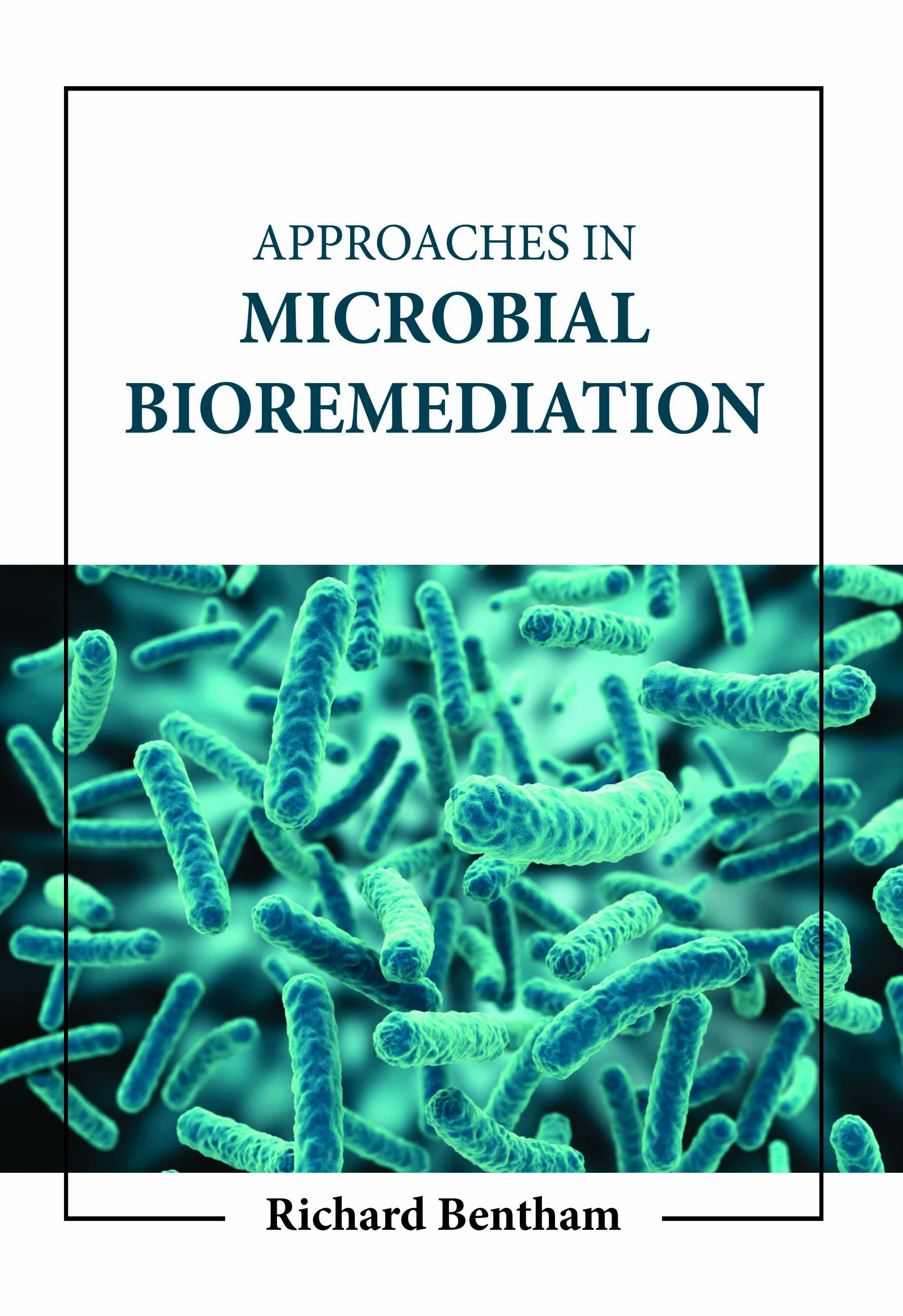
Approaches in Microbial Bioremediation
by Richard Bentham
| ISBN | 9781806240821 |
|---|---|
| Publisher | Digital Drive Learning |
| Copyright Year | 2026 |
| Price | $255.00 |

by Richard Bentham
| ISBN | 9781806240821 |
|---|---|
| Publisher | Digital Drive Learning |
| Copyright Year | 2026 |
| Price | $255.00 |
In the process of bioremediation, living things—typically tiny organisms and parasites—are used to remove poisons from soil and water with little adverse impact on these environments. In order to detoxify, degrade, and immobilize natural pollutants, microbial processes can be coordinated with artificial processes. This century's expanded contemporary and horticultural movements have led to significant portions of the world's groundwater and soil resources becoming contaminated by dangerous synthetic mixtures. An innovation called bioremediation uses living things, usually microscopic organisms and growths, to remove contaminants from soil and water, ideally in situ. This approach, which may be more cost effective than traditional methods like soil cremation and carbon filtration of water, calls for an understanding of how living things alter synthetic materials, how they survive in contaminated environments, and how they should be applied in the field. This book explores the possibility of using microscopic creatures, growths, and plants to degrade, evacuate, modify, immobilize, or generally detoxify various synthetics from the soil. Among the specific topics covered in this unique manual are in situ remediation frameworks, air sparging and bioventing, electron acceptors other than oxygen, routine bioremediation, and the introduction of living forms into the subsurface.